Last Updated on November 26, 2023 by Cathy
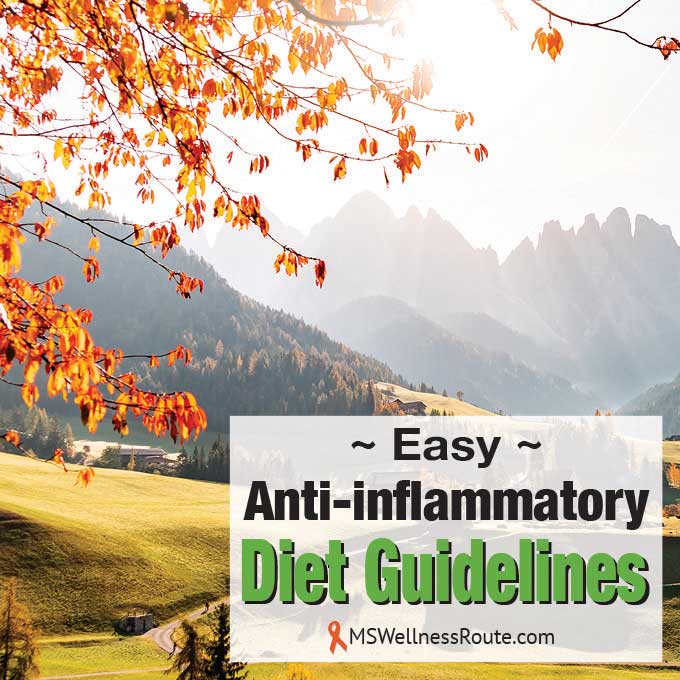
Starting a nutrient-dense diet can seem a little intimidating at first. Just follow these easy anti-inflammatory diet guidelines and you will be a pro in no time. The paleo diet is an anti-inflammatory diet. It’s also known as the “caveman” diet which includes lots of meat. However, our ancestors ate mostly a plant-based diet and not a lot of meat.
Perhaps one of the most popular misconceptions is that our ancient ancestors were mainly carnivores when, in fact, they mostly ate a plant-based diet. The diet was very broad and heavily influenced by geographical location and food availability. – PubMed
They ate depending on where they lived and availability. Today we are lucky, we can go to the grocery store and buy food from around the world. Most food sold in grocery stores is heavily processed and highly inflammatory. They include refined grains, added sugars, pesticides, artificial coloring, and unhealthy fats.
Unfortunately, we are creatures of habit and we get stuck in a rut by buying the same foods over and over. Instead of eating a large variety, we stick with fewer varieties. Plus, most people eat highly inflammatory processed foods.
It is best to eat foods that fight inflammation and provide beneficial gut bacteria. People with multiple sclerosis (MS) have more bad gut bacteria than healthy people. It is best to eat a healthy diet that is low in processed foods and higher in fiber, with organic protein sources. The diet also needs to fit your personal needs.
An anti-inflammatory diet includes:
- Vegetables
- Fruit
- Herbs
- Healthy fats
- Nuts
- Seeds
- Wild-caught fish
- Pasture-raised poultry
- Grass-fed meats and offal (organ meats)
Avoid Grains
The Food and Drug Administration (FDA) claims grains are an essential part of our diet. However, grains are not the same today as they were 100 years ago. Glyphosate is a herbicide/pesticide that’s sprayed on almost all conventional grains.
It has detrimental effects on our brains and gut. Since its introduction, the rates of autoimmune diseases have gone up. Most countries have banned glyphosate except the United States. If you are not eating 100% organic you are eating a huge amount of this chemical.
Eat More Plants
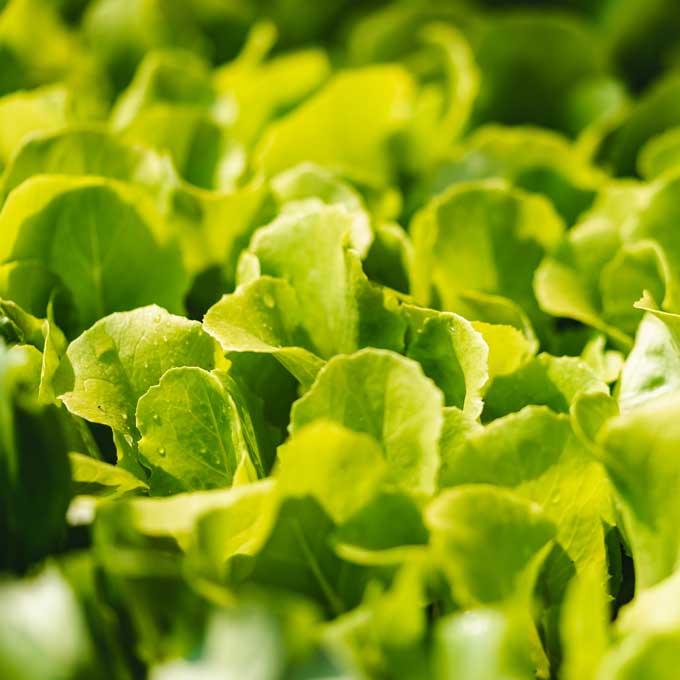
Enjoy a wide range of vegetables and fruit, local is best. They fight cellular damage, and inflammation, and provide nutrients. They include antioxidants and fiber that promote digestive and brain health.
You should aim for as many vegetables as you can eat for optimal health. Dr. Terry Wahls, the author of The Wahls Protocol, recommends eating 9 cups of vegetables a day. It sounds like a lot but when you start adding vegetables to everything you eat or drink it becomes easier.
Dr. Wahls recommends 3 cups of each:
- Leafy greens
- Colorful (beats, berries, carrots, etc.)
- Sulfur (asparagus, bok choy, onions, etc.)
Eat Foods High in Fiber
High-fiber foods like raspberries and beets are good for your digestion, and they help fill you up. They feed the good gut bacteria which keeps the bad bacteria in check. Fiber along with water moves through the digestive tract and helps prevent constipation.
Most people don’t eat enough fiber. The recommended fiber intake is 25 to 38 grams daily depending on your sex and size. Dietary fiber and a well-balanced diet are important for your overall health. And don’t forget to eat lots of fruit. Fruit is healing, it has antioxidants, fiber, minerals, phytonutrients, and vitamins – everything you need to heal.
Choose Healthy Fats and Oils
Choose fats that are higher in omega 3 and avoid those that are higher in omega 6 such as canola oil. Healthy fats are anti-inflammatory and support immunity. Avoid overly processed and refined forms of fats and oils.
Eat organic and minimally processed fats:
- Avocados/avocado oil
- Coconut milk and oil
- Fatty fish (salmons, sardines, trout, etc.)
- Pasture-raised animal fats
- Nuts and seeds (including nut butter)*
- Palm oil
*It is best to soak the nuts or seeds for 24 hours so it’s not as hard on your gut.
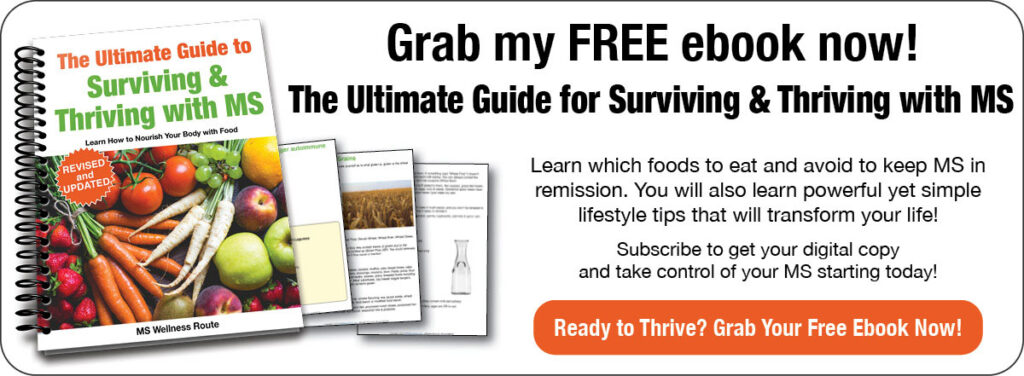
Avoid:
- Canola
- Corn oil
- Grapeseed oil
- Hydrogenated or partially hydrogenated oils
- Margarine
- Peanut oil
- Rice bran oil
- Safflower oil
- Shortening
- Soybean oil
- Sunflower oil
- Vegetable oil
Boost the Flavor
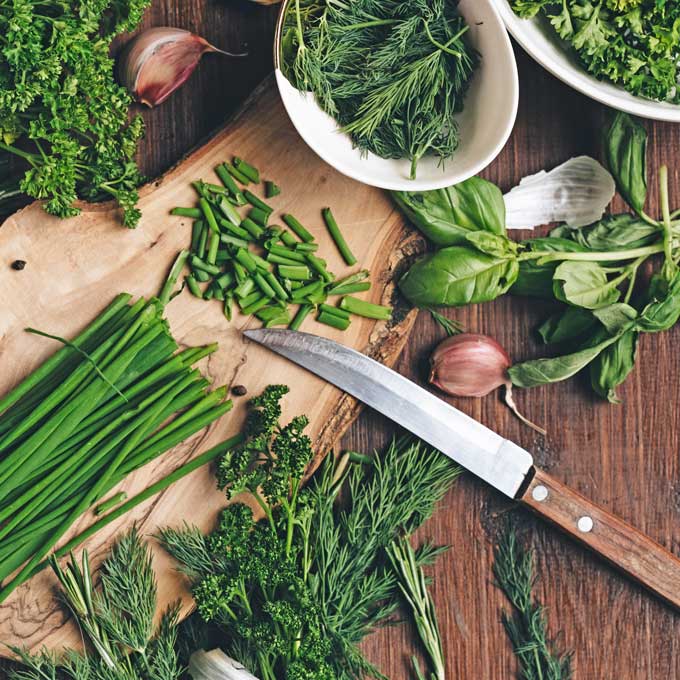
Boost the flavor of your meals with herbs and spices. Try different ones to find your favorite flavor. Herbs include many health benefits including anti-bacterial and anti-inflammatory. They fight infections, improve brain function, lower blood sugar, and boost immunity.
Turmeric has anti-inflammatory and neuroprotective properties. Cinnamon helps lower high blood sugar which feeds bacteria and yeast overgrowth. Garlic is a powerhouse for fighting bacteria, inflammation, and viral infections. It also removes toxins and nourishes the mitochondria.
Herbs and spices not only add flavor to your meals but they are also healing.
My favorites are:
- Cinnamon because it’s loaded with antioxidants and helps balance blood sugar
- Garlic since it’s an anti-bacterial, anti-inflammatory, and a natural antibiotic
- Herbs de Provence from Trader Joe’s is a blend of many herbs including lavender
Food Sensitivities
Food sensitivities contribute to damage to the intestinal lining. You will need to figure out which foods are causing problems and remove them from your diet. Try an elimination diet and record your findings. Sometimes it can take a few days for a symptom to appear.
Stay Hydrated
Water is the best option for staying hydrated. Sometimes it is nice to drink something other than plain water. That is when you add fruit or herbs to your water for an awesome refreshing drink.
Add to water for a refreshing drink:
- Basil
- Berries
- Cucumbers
- Lemons
- Mint
- Pineapple
- Rosemary
- Watermelon
Drinking water is essential for your well-being. Plus, it helps with constipation and removes toxins. Get a water filter to trap pollutants that are in your water. There is nothing better for you than a glass of clean water free of contaminants.
Remove Toxins
Remove as many toxins as you can. We live in a world where people consume many toxins each day.
- Avoid pesticides
- Buy organic produce to avoid GMOs (genetically modified organisms)
- Stop using plastics that have BPA
- Use natural body care products and natural household cleaners
Quick Links To Information In This Post:
How To Start An Anti-Inflammatory Diet
What To Eat On An Anti-Inflammatory Diet
How To Start An Elimination Diet
Anti-inflammatory Diet Guidelines
Change is hard even if when it is for the better. You may even feel overwhelmed at times, but don’t let this discourage you. Once you get started stick with easy recipes like my Easy Paleo Chicken Vegetable Soup or my Spinach Turkey Burgers.
Eat foods that don’t cause inflammation. Avoid food that causes you any kind of bad reaction. Pick easy recipes and ones that have a few ingredients. Have leftovers or soup for breakfast.
Soon you will notice you have more energy or your skin is clearing up. Eventually, you will notice bigger improvements like your symptoms reversing.
You can do this!

Free Wellness Library!
Subscribe for free and I’ll send you the password to my secret library filled with many printables for your wellness journey.
Want to remember this health tip? Pin it to your favorite Pinterest board!
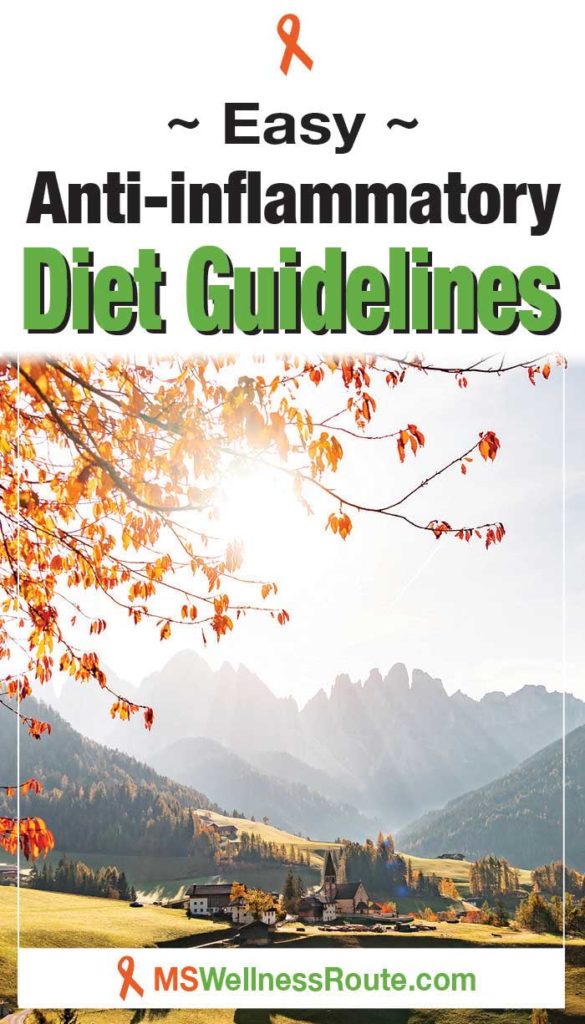
Resources:
https://www.ncbi.nlm.nih.gov/books/NBK482457/
Easy Anti-inflammatory Diet Guidelines





